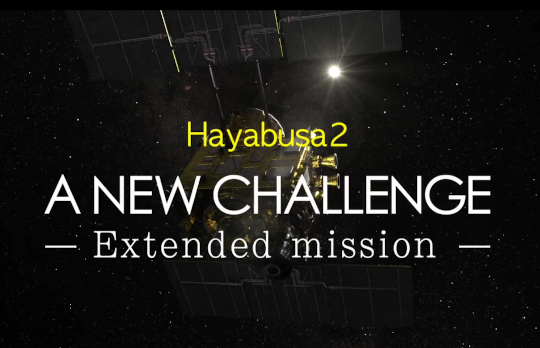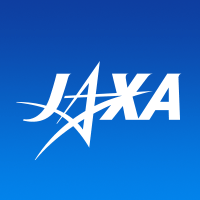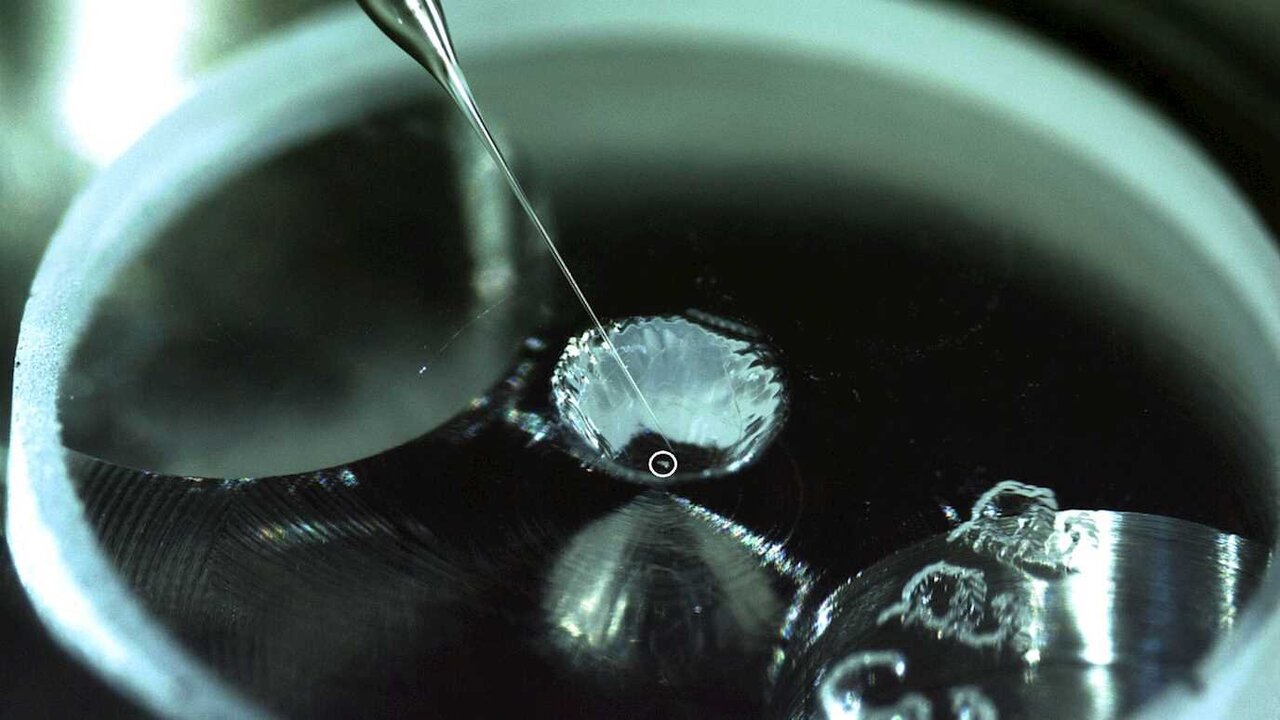- Joined
- 21 January 2015
- Messages
- 12,165
- Reaction score
- 16,388


View: https://twitter.com/haya2e_jaxa/status/1335324694359072768We found the capsule!
Together with the parachute!
Wow!
(Collection Team M)
#Hayabusa2
#はやぶさ2
#AsteroidExplorerHayabusa2
#HAYA2Report
Photographs of the fireball captured on-site. Welcome back.
(Collection Team M)
#Hayabusa2
#はやぶさ2
#AsteroidExplorerHayabusa2
#HAYA2Report


JAXA | The Results of “Hayhabusa2” Re-entry Capsule Recovery
Get information on the The Results of “Hayhabusa2” Re-entry Capsule Recovery. The Japan Aerospace Exploration Agency (JAXA) performs various activities related to aerospace as an organization, from basic research in the aerospace field to development and utilization.global.jaxa.jp
The Results of “Hayhabusa2” Re-entry Capsule Recovery
December 6, 2020 (JST)
National Research & Development Agency
Japan Aerospace Exploration Agency (JAXA)
On December 6, 2020, Japan Aerospace Exploration Agency (JAXA) has recovered the body of the capsule, the heat shields, and the parachute of the "Hayabusa2" re-entry capsule in the Woomera Prohibited Area (WPA).
Tomorrow, the capsule recovery team will extract gas out of the capsule at the operation headquarters in Australia. Researchers considered the gas originates from the precious sample from Asteroid Ryugu.
After the capsule separation, the spacecraft performed trajectory correction maneuvers three times every 30 minutes to depart from the Earth's sphere from 15:30 to 16:30 on December 5 (JST). The Hayabusa2 team members confirmed the trajectory correction maneuvers' success at 16:31 on the same day (JST). The current status of the spacecraft is normal.
We take this opportunity to show our deepest gratitude to the governments of Australia and Japan, NASA, and relevant parties for their cooperation in the recovery of the "Hayabusa2" re-entry capsule. Our appreciation extends to the people of Japan and the world for their generous support and encouragement.
打上げから6年間の宇宙の旅を経た「はやぶさ2」が持ち帰ったカプセルが無事に回収されたことを大変嬉しく思います。成功裡に導いたプロジェクトマネージャの津田教授をはじめ関係者の皆様に敬意を表するとともに、休む間もなく新たな探査に旅立った「はやぶさ2」の更なる活躍を期待します。
#はやぶさ2
View: https://twitter.com/haya2e_jaxa/status/1335856801120542721I am very pleased that the capsules brought back by Hayabusa2, which has traveled through space for six years since its launch, have been successfully recovered. We would like to pay tribute to Professor Tsuda, the project manager who led to the success, and everyone involved, and look forward to the further success of Hayabusa2, which has set out on a new exploration without a break.
#はやぶさ2
View: https://twitter.com/girlandkat/status/1335857473069010944This morning (12/7), the recovery team confirmed that the sample container was properly sealed and completed the gas sampling work. We analyzed the collected gas, but it is still unknown whether the gas originates from the Ryugu sample. Detailed analysis will continue in Japan!
The team should be flying the sample container back to Japan tonight or tomorrow morning so the container can be opened in a near-pure nitrogen environment (very unreactive) in the specially prepared curation chamber

A large number of particles are confirmed to be in “sample chamber A” inside the collected capsule (~11:10 JST on 12/15). This is thought to be the sample from the first touchdown on Ryugu. The photo looks brown, but our team says “black”! The sample return is a great success!
View: https://twitter.com/haya2e_jaxa/status/1338754705644634112
A large number of particles are confirmed to be in “sample chamber A” inside the collected capsule (~11:10 JST on 12/15). This is thought to be the sample from the first touchdown on Ryugu. The photo looks brown, but our team says “black”! The sample return is a great success!
The curation work for the Ryugu sample is steadily progressing. On December 21, sample catcher chambers B & C were opened and then the contents of chambers A & C were moved to the collection containers in the photo. The largest particles in chamber C are about 1 cm!
We have gathered together images taken during the opening of the sample container and catcher on the project website! Please take a look at the samples brought home from asteroid Ryugu here:

View: https://twitter.com/haya2e_jaxa/status/1343475669099933697
We have gathered together images taken during the opening of the sample container and catcher on the project website! Please take a look at the samples brought home from asteroid Ryugu here:

I believe the sampling mechanism was a one shot affair it certainly doesn’t have any more return capsules.
Excellent news for Hayabusa 2, to get the extended mission as well and to go to another asteroid, will this mean other rock samples or will it be more of a reconnaissance mission? taking photos and gathering information.
I believe the sampling mechanism was a one shot affair it certainly doesn’t have any more return capsules.
Excellent news for Hayabusa 2, to get the extended mission as well and to go to another asteroid, will this mean other rock samples or will it be more of a reconnaissance mission? taking photos and gathering information.
Don’t forget though that JAXA have their Martian moon sample return mission in the works.I believe the sampling mechanism was a one shot affair it certainly doesn’t have any more return capsules.
Excellent news for Hayabusa 2, to get the extended mission as well and to go to another asteroid, will this mean other rock samples or will it be more of a reconnaissance mission? taking photos and gathering information.
So it will be a reconnaissance mission, thanks Flyaway.
Don’t forget though that JAXA have their Martian moon sample return mission in the works.I believe the sampling mechanism was a one shot affair it certainly doesn’t have any more return capsules.
Excellent news for Hayabusa 2, to get the extended mission as well and to go to another asteroid, will this mean other rock samples or will it be more of a reconnaissance mission? taking photos and gathering information.
So it will be a reconnaissance mission, thanks Flyaway.
Material from the press conference on February 4 is now online! Topics include the current status of the spacecraft and curation work, results from the LIDAR optical link experiment and summaries of recent journal papers.
Material here:

Dr. Queenie Chan from the Department of Earth Sciences at Royal Holloway, said: "The Hayabusa mission was a robotic spacecraft developed by the Japan Aerospace Exploration Agency to return samples from a small near-Earth asteroid named Itokawa, for detailed analysis in laboratories on Earth.
"After being studied in great detail by an international team of researchers, our analysis of a single grain, nicknamed 'Amazon,' has preserved both primitive (unheated) and processed (heated) organic matter within ten microns (a thousandth of a centimeter) of distance.
"The organic matter that has been heated indicates that the asteroid had been heated to over 600°C in the past. The presence of unheated organic matter very close to it, means that the in fall of primitive organics arrived on the surface of Itokawa after the asteroid had cooled down."


Key substance for life found in Japan probe's asteroid samples
Hayabusa2 brought back over 20 types of amino acids, used to make proteins

Key substance for life found in Japan probe's asteroid samples
Hayabusa2 brought back over 20 types of amino acids, used to make proteinsasia.nikkei.com
